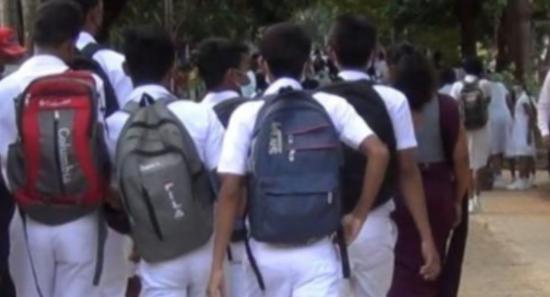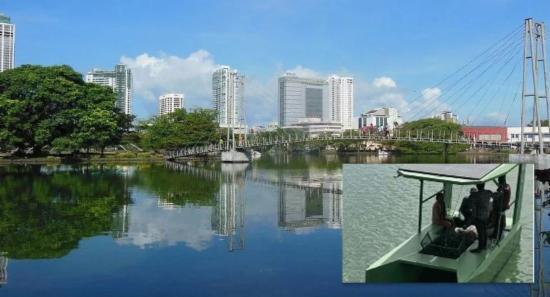.webp)

PUCSL Probes February 9 Blackout: Solar Tripping, Grid Faults and System Gaps Under Scrutiny
COLOMBO (News 1st): The Public Utilities Commission conducted a public inquiry in Colombo today into the nationwide power outage that took place on February 9, 2025.
The Commission stated that statements were recorded from 20 individuals during the proceedings.
The public inquiry took place at the BMICH premises in Colombo, where officials responded to questions and provided clarifications.
The Commission’s primary objective is to assess the socio-economic impact of the February 9 power outage and to identify suitable recommendations to prevent a recurrence in the future.
Responding to a question raised by the Committee on whether there was any basis to the Transmission Licensee’s claim that the nationwide blackout was linked to solar tripping, Managing Director of SLAM Power Solutions Pvt. Ltd, Priyankara Manoj Tharaka stated that following the blackout, he inspected the monitoring plant near the Panadura grid substation and several other locations.
He explained that a fault at the Panadura grid had caused undervoltage, which led to nearby solar plants tripping. This, in turn, caused a frequency drop, triggering a cascade that resulted in the island-wide disconnection of solar capacity due to underfrequency protection mechanisms.
He added that underfrequency load settings may have been in place in some areas, but they were not sufficient to stabilize the grid during the event.
When asked about the appropriate response to such a failure, a system operations officer explained that engineers follow established procedures.
He added that the first step is to check whether breakers in the grid’s switchyard have opened. If not, they are manually opened. In some cases, breakers may not respond due to lack of power or other issues, which must be resolved before system restoration can begin.
The Public Utilities Commission stated that the consequences of the February 9 nationwide power outage included:
1. The transmission licensee being unable to supply 5.5 gigawatt-hours of electricity demand,
2. An additional 4.6 gigawatt-hours of electricity demand unmet due to the subsequent power cuts.
3. Losses incurred by distribution licensees, as well as the disruptions, damages, and impacts experienced by the public, the economy, and consumers.
Other Articles
Featured News





.png )





-807119_550x300.jpg)

















.webp)






